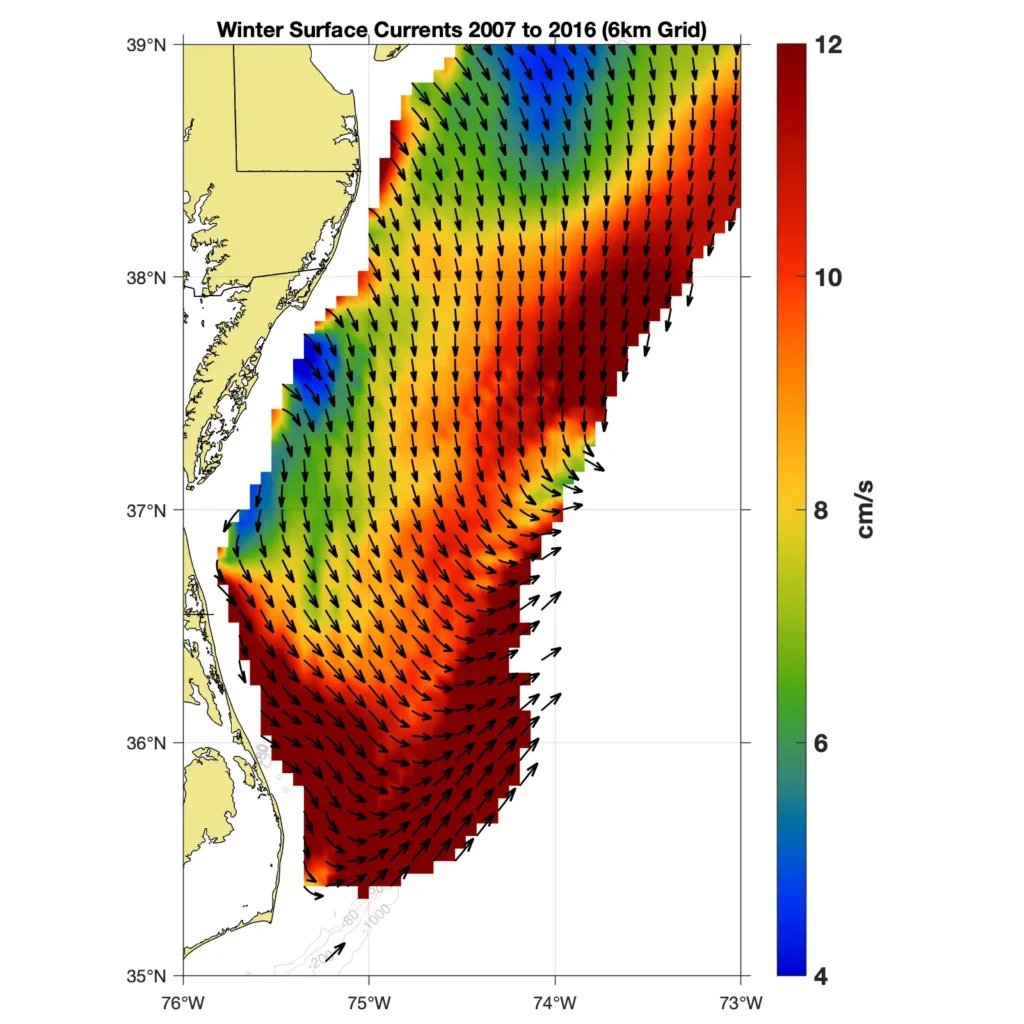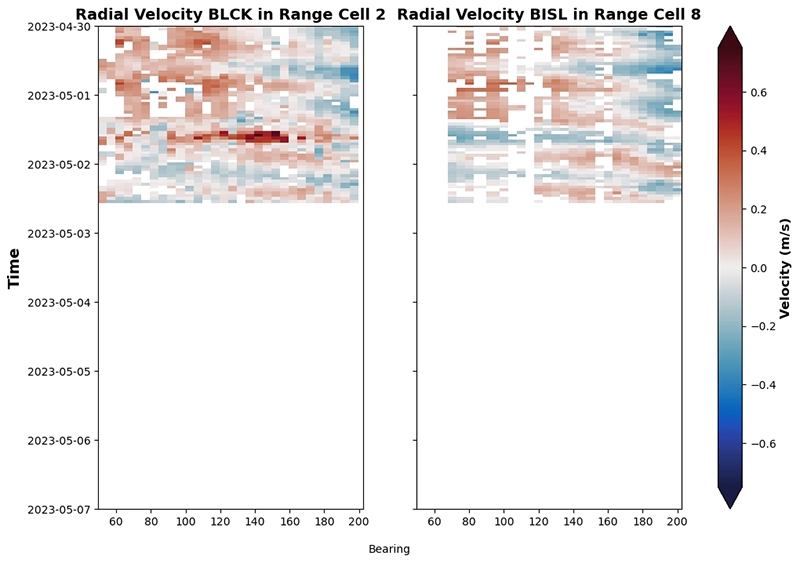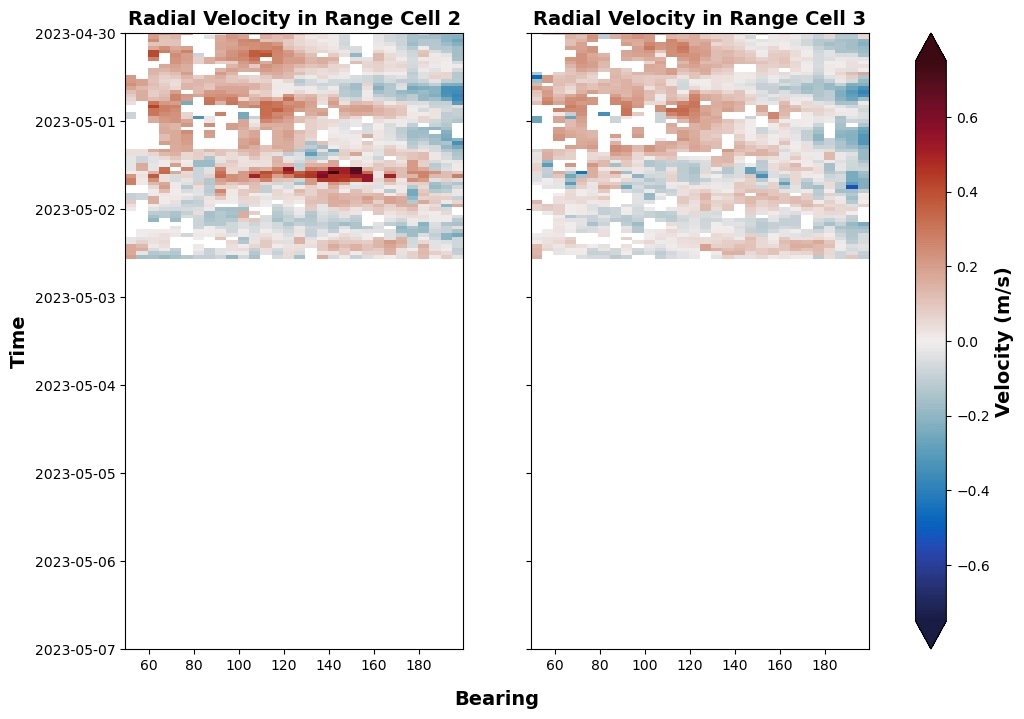Oceanographic HF Radar Data Preservation in Wind Turbine Interference Mitigation

Coastal oceanographic high frequency radars (HFR) are used to measure the current of the ocean at the surface. HF signals can propagate in what is known as groundwave mode, following the curvature of the ocean surface beyond the horizon, giving them the ability to make observations over large areas. The most common coastal HFR in the U.S. is the SeaSonde® compact cross loop system produced by CODAR Ocean Sensors Ltd. The sea surface current measurements from the national network of Coastal oceanographic HFR are vital to United States Coast Guard for search and rescue efforts, aid in oil spill response, and provide current maps to ocean mariners and researchers. Other secondary uses for coastal HF radar include wave field measurements, wind measurements, and vessel detection. When wind turbines are in the field of view of coastal HF radars they act as reflectors and cause an interference signal that can be mixed with the oceanographic data. The wind turbine interference (WTI) cause errors or gaps in oceanographic data output. CODAR Ocean Sensors Ltd. (the contractor) has been at the forefront of the efforts to characterize and mitigate the WTI impacts on coastal HFR measurements.
The existing mitigation techniques are designed to detect and remove oceanographic data impacted by the WTI, which can result in the loss of meaningful oceanographic data. Furthermore, they do not mitigate the impact to some of the secondary HFR data products such as wave field parameters (height, period, direction). The purpose of this proposal is to develop and test a mitigation method that is capable of removing the WTI while preserving most, if not all, of the oceanographic data. The objective outlined in this statement of work is to mitigate WTI in coastal HFR while preserving as much oceanographic data as possible. A secondary objective is to mitigate the impact to some of the secondary data outputs, namely, wave measurements. The two strategies proposed to obtain this objective include
- The use of empirical machine learning methods, aided by the physics of wind turbine interference, to estimate WTI signals to a high enough degree of accuracy such that they can be separated and removed from the oceanographic echoes.
- Configuring multiple HFR to operate in a multi-static mode in which each HFR receives bistatic sea echo from multiple other HFR transmissions, filling in gaps caused by WTI.


